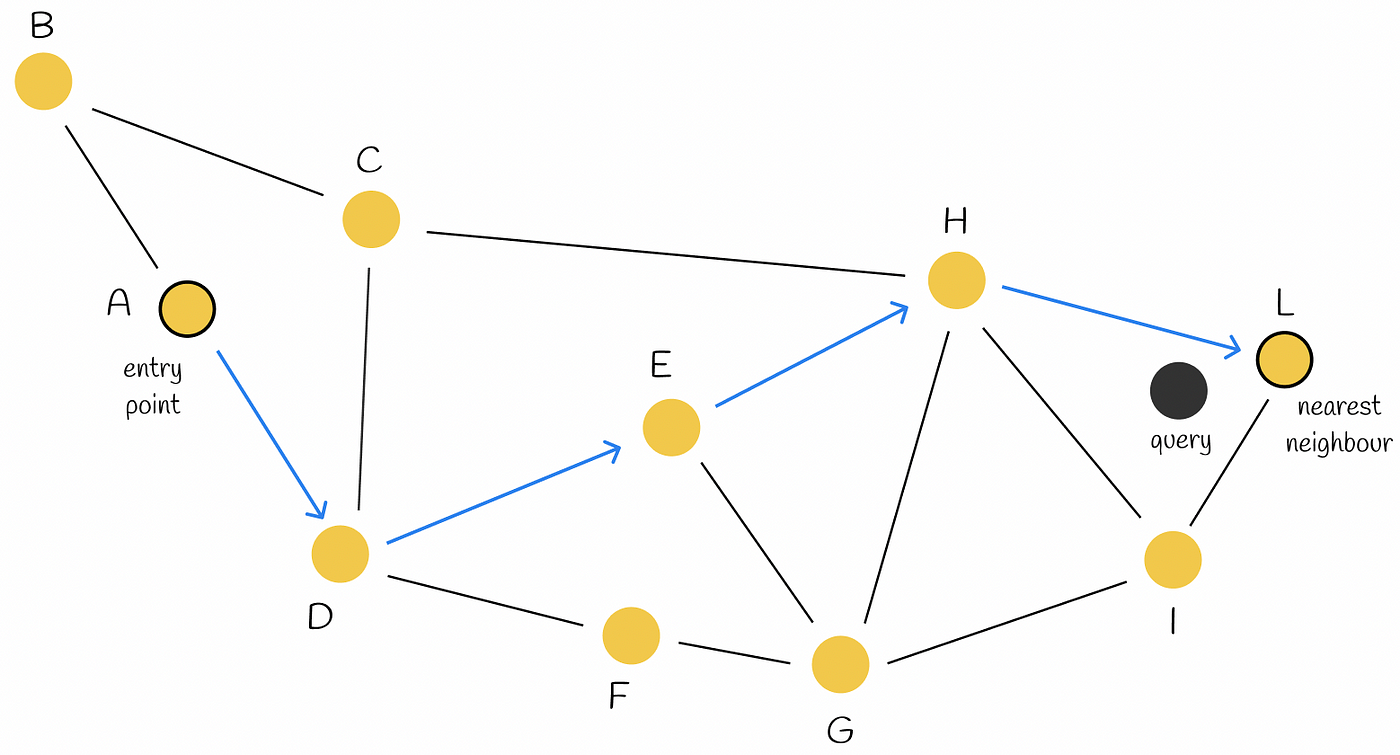Nowadays so much noise around LLM, AI, and so on. Vector databases are kind of a part of it, and already many different realizations for the support in the world outside of IRIS.
Why Vector?
- Similarity Search: Vectors allow for efficient similarity search, such as finding the most similar items or documents in a dataset. Traditional relational databases are designed for exact match searches, which are not suitable for tasks like image or text similarity search.
- Flexibility: Vector representations are versatile and can be derived from various data types, such as text (via embeddings like Word2Vec, BERT), images (via deep learning models), and more.
- Cross-Modal Searches: Vectors enable searching across different data modalities. For instance, given a vector representation of an image, one can search for similar images or related texts in a multimodal database.
And many other reasons.
So, for this pyhon contest, I decided to try to implement this support. And unfortunately I did not manage to finish it in time, below I'll explain why.


.png)
